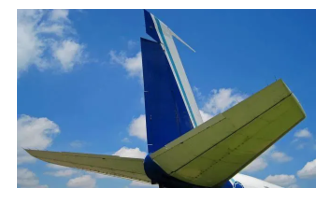14 Nov 2024 10:57:07 am
Tags : Rudder

Topic: Applications in daily life
Why in the news?
Source: The Hindu
About Rudder:
Directorate General of Civil Aviation (DGCA):
|
0 Comments

© 2026 Catalyst IAS All Rights Reserved.